Landscaping Your Drainfield
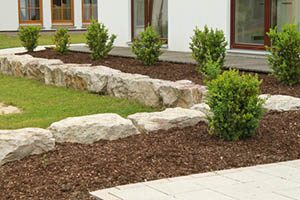 Most property owners that have a septic system understand the three hard and fast rules associated with taking care of a drainfield: don’t plant anything over it, don’t build anything over it and don’t park anything over it.
Most property owners that have a septic system understand the three hard and fast rules associated with taking care of a drainfield: don’t plant anything over it, don’t build anything over it and don’t park anything over it.
Beyond knowing what NOT to do, there isn’t a lot of information available on what you SHOULD do with it. This article will focus on how to properly landscape your drainfield while protecting it and keeping it healthy at the same time.
![]()
Planting 101
You will hear that you should never add any landscaping to your drainfield other than grass. It’s a good rule of thumb and a great way to prevent property owners from going too far and damaging their system, but the truth is: there are other options besides grass.
Grass is typically recommended and the best choice for a couple of reasons:
- no tilling required – just light raking, which should affect the drainfield
- most varieties of grass don’t need a lot of water, which protects the drainfield from excess water
- grass doesn’t require a lot of topsoil, which can affect the flow of air and water within the drainfield
- grass doesn’t have deep roots, protecting the pipes in the drainfield from root wrap and damage
However, there are other plants that have similar needs and attributes, making them a viable choice for planting in your drainfield area as long as there is still access to monitoring points or clean-outs. There are lots of plants that don’t have deep roots and won’t need a lot of topsoil. You can even find plants that don’t need to be watered, that will grow just find in your area without hosing or sprinkling to provide extra water. There are plenty of plants that don’t need to have the ground tilled under before planting into the ground.
![]()
Types of Plants to Consider
If your drainfield gets no sun throughout the day, you need to look for plants or seeds that are labeled as “no sun” or “deep shade” on the package. Ask the salesperson at your garden center to direct you to groundcover that doesn’t have a large root system. Plants or seeds that are labeled as partial shade require approximately 4 hours of sun each day, either in the morning or in the afternoon. Groundcover or short plants with small root systems will fit this bill. Again, your garden center salesperson can help you find native plants that will work best in this type of area.
Plants or seeds that are labeled as “full sun” or “all day sun” need a minimum of 8 hours of sun each day. Ornamental grasses and wildflowers work very well in this type of environment. Most drainfields are established in the middle of a yard without any trees or bushes within a 30 foot radius, which means that full sun will likely be what you are looking for in landscaping.
Regardless of where you live, the type of plants that you should consider planting in your drainfield consist of a mixture of native species. Mixing together annual wildflowers, perennial groundcover that features small root systems and a mixture of native grasses that won’t require a lot of water and care will be your best choice. To get started, you should begin with a perennial grass that will establish quickly in the warmer months, which will give you instant cover to prevent erosion. This will also give you a natural defense against native invasive plants (aka weeds) for anything else you decide to plant next.
![]()
Wildflower Growing Tips
- choose seed that is dated for the current year – don’t use old seed
- choose a mix that is well-suited for our region – stores sometimes carry varieties that aren’t appropriate for Southeastern Massachusetts
- select your seeds based upon the amount of sun the area will receive
- pick native seed mixes for best results
- watch out for weeds in your wildflower mix – look for mixes that are labeled as “no noxious weeds” or “no detectable weeds” to be sure
- if you already have grass in your drainfield, remove 6×6 inch squares of grass in small area and sow your wildflower seeds there during germination for faster growth
- sow seeds in late fall for Spring growth or May for late-summer season blooms
Before you begin any landscaping project in your drainfield, check with your trusted septic service technician at Septic Preservation Services. Grass is still the best option to use. If you have any questions or are unsure about what to plant in this area to protect your drainfield from excess water and erosion, just ask. Check into our Preventative Maintenance Program for even more protection for your septic system year-round. Call Septic Preservation Services at877-378-4279 for inspections, service, repairs and advice for customers throughout Massachusetts and Rhode Island.
Visit www.septicpreservation.com for more information.


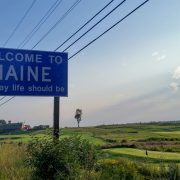

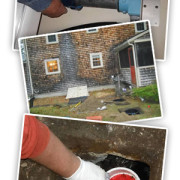

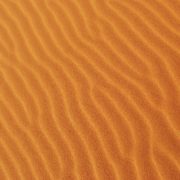
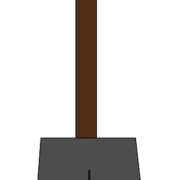



Leave a Reply
Want to join the discussion?Feel free to contribute!